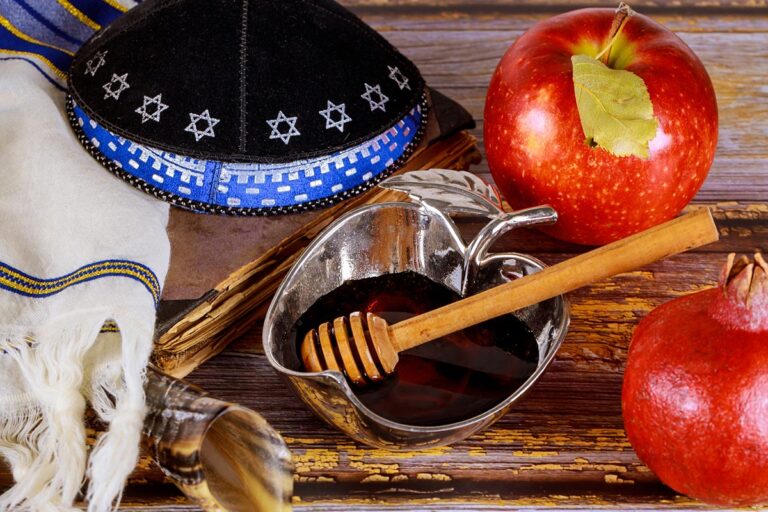
The Hebrew calendar blends the cyclical nature of festivals with the forward march of history. Upon receiving the Torah, the Jewish people became explorers of time, watching the stars, moon and sky through the seasons as they worshiped God.
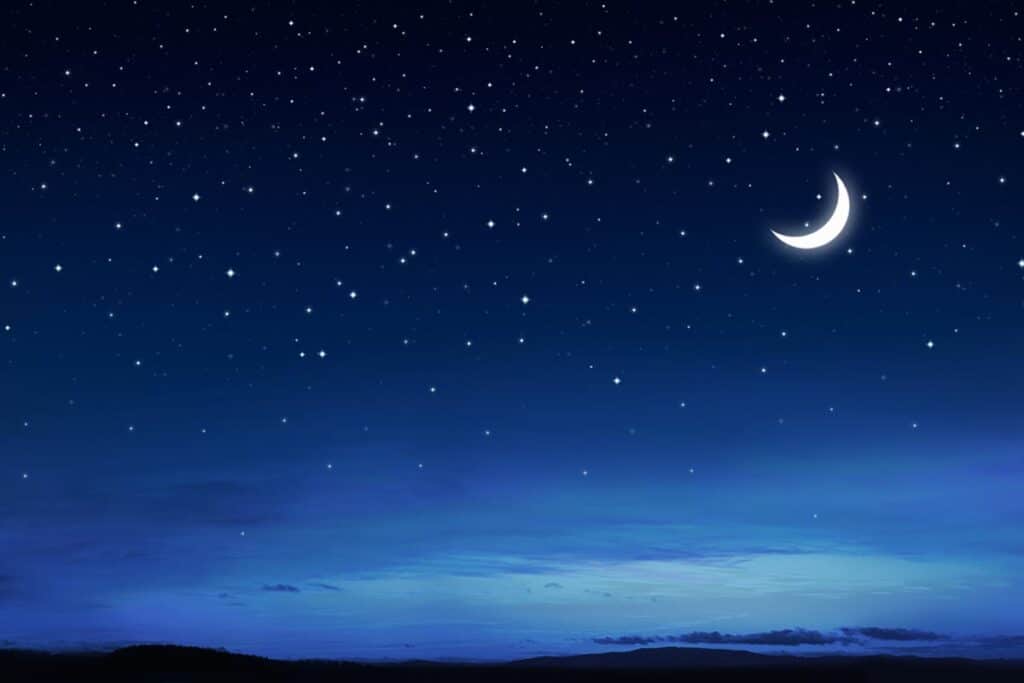
They traced a path of holy days through the landscape of weeks and months, returning each year to the same sacred points and accumulating wisdom over centuries. This wisdom became the Hebrew calendar, and through the ages of exile, Jews delved deeper into its wonders. Each year offered another round of exploration, made fresh by the progress of time.
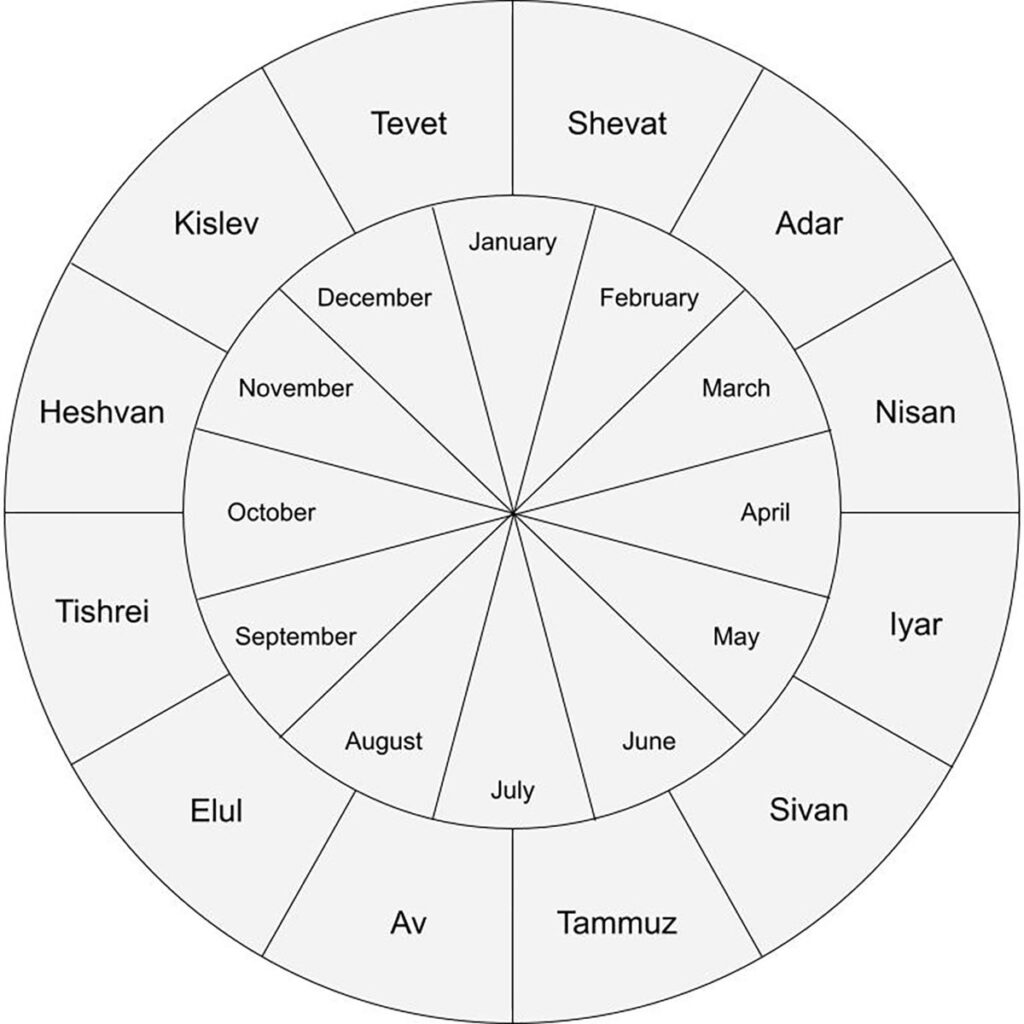
The moadim: Appointed times for divine encounters
The Hebrew calendar’s holy days (i.e., Jewish holidays) are known collectively as the moadim, meaning the “appointed times.” This word recalls the ohel moed, the tent of meeting where the Israelites gathered to meet God during their 40 years in the wilderness. In this way, the moadim are appointed times for meeting — God’s calendar invitations to get together in some special way.
The moadim are the mile-markers on the Hebrew calendar’s spiritual journey, each offering unique opportunities for growth and reflection. While each holiday embodies centuries of wisdom and is worthy of an in-depth exploration, below is the basic idea of each:
Passover
The first of the three seasonal pilgrimage festivals, Passover marks the exodus from Egypt when the Jewish people exchanged Divine service for slavery. Today we eat matzah and tell the story around the Passover table.
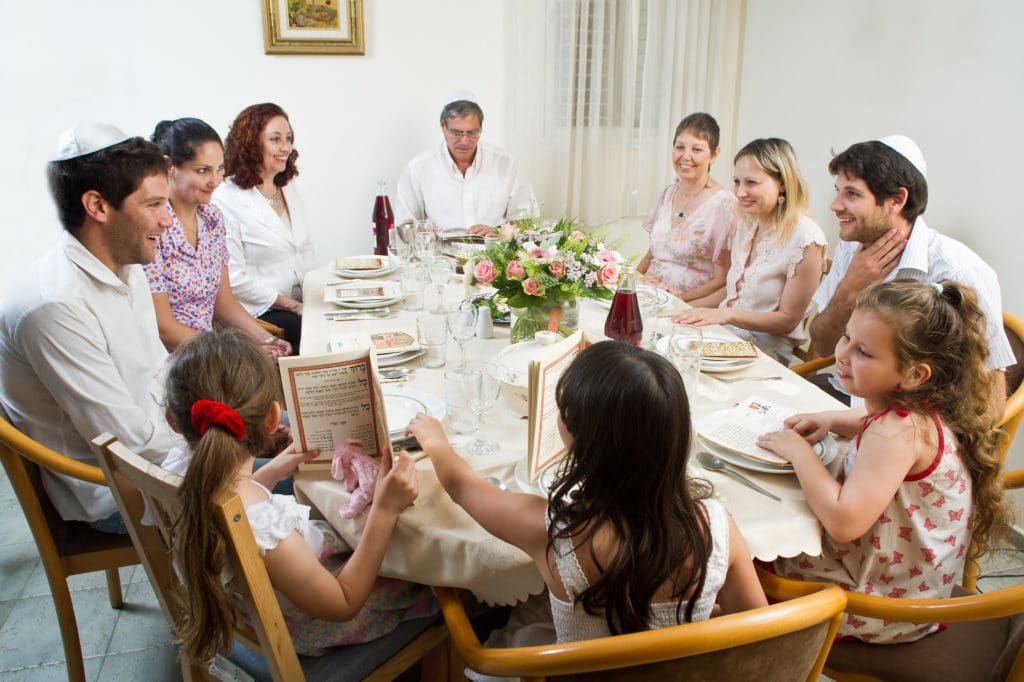
Shavuot
Shavuot, the second pilgrimage festival celebrated at the beginning of the harvest season, commemorates the Jewish people’s receiving of the Torah at Mount Sinai. Today, Jews learn Torah through the night in remembrance and celebration.
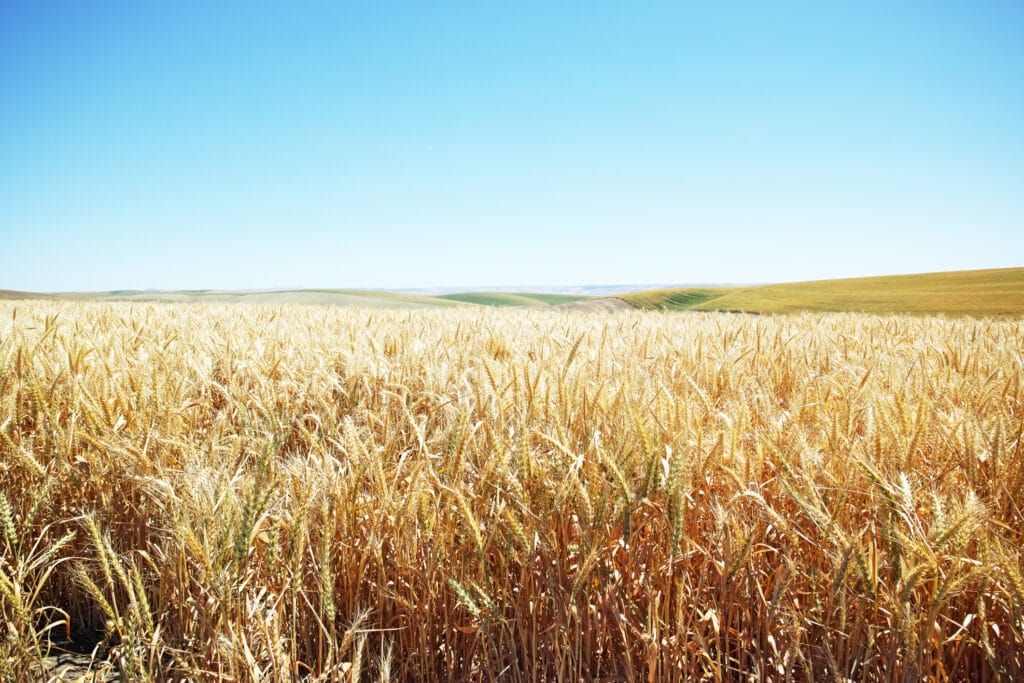
Tisha B’Av
From the incident of the spies rejecting the Promised Land through the destruction of two Temples and two millennia spent in exile, this fast day commemorates Jewish tragedies throughout history. Today, it is a time of national mourning.
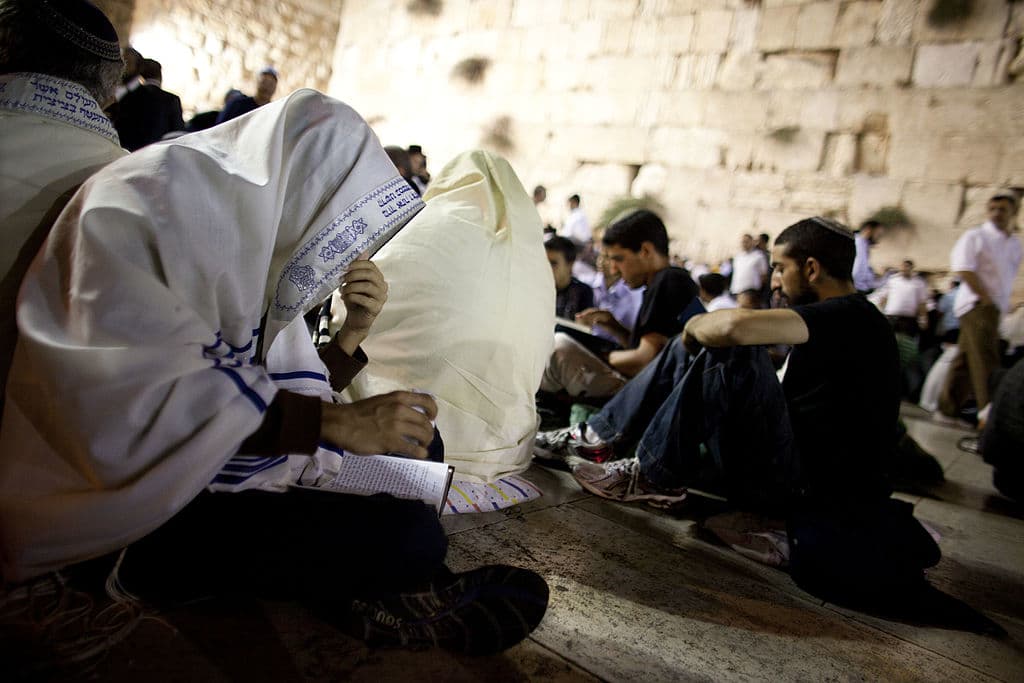
Rosh Hashanah
On the Jewish New Year, the sound of the shofar announces God as king, beginning the 10 days of repentance and judgment for all creation. Today, we dip apples in honey to pray for a sweet year, and listen to the shofar’s blast.

Yom Kippur
A day of fasting and reflection, Yom Kippur is meant for examining our breakdowns and fixing our relationships with God and one another. Capping the season of repentance and return, this is a chance for atonement to become “at-one-ment.”
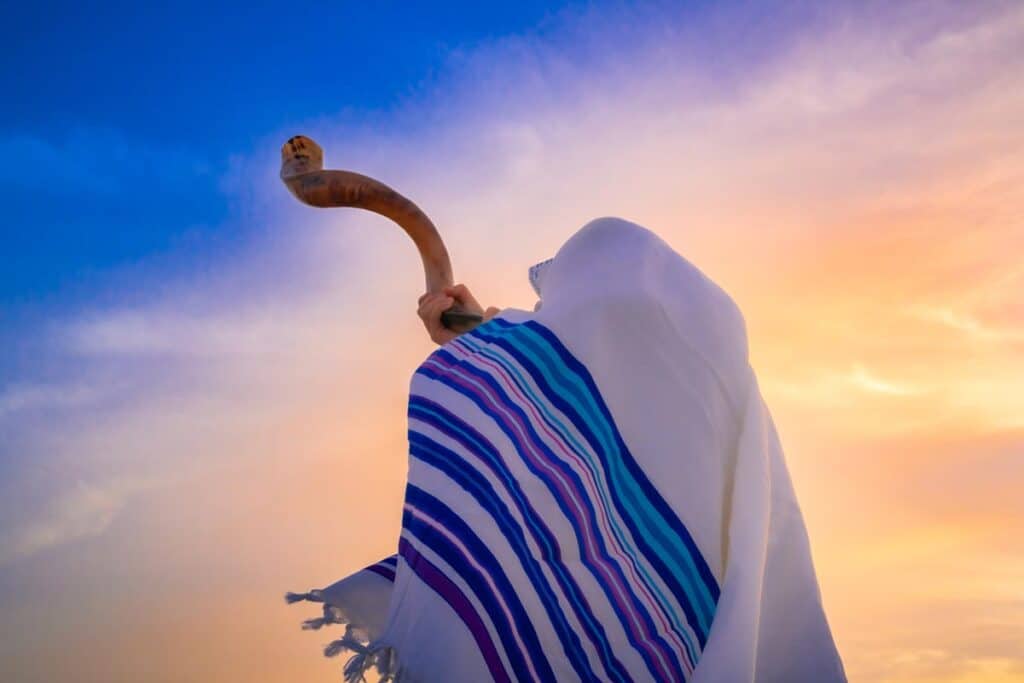
Sukkot
The third of the pilgrimage festivals celebrated at the end of the harvest season, Sukkot commemorates the Jewish people’s journey in the wilderness. Today, we celebrate by sitting in sukkah huts and waving the lulav and etrog in prayers for abundance and rain.
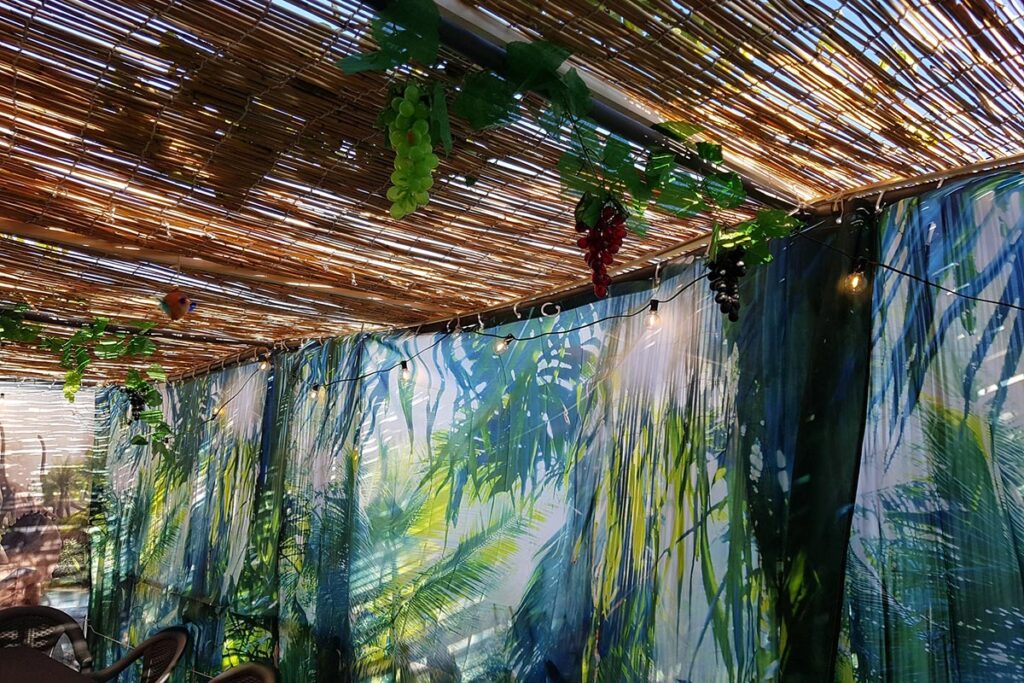
Hanukkah
This post-Biblical, eight-day festival marks the victory of the Maccabees over the Syrian Greeks. The Hanukkah lights symbolize the miracle of their strength and the Jewish people’s commitment to their traditions, undimmed by enemies or exile.
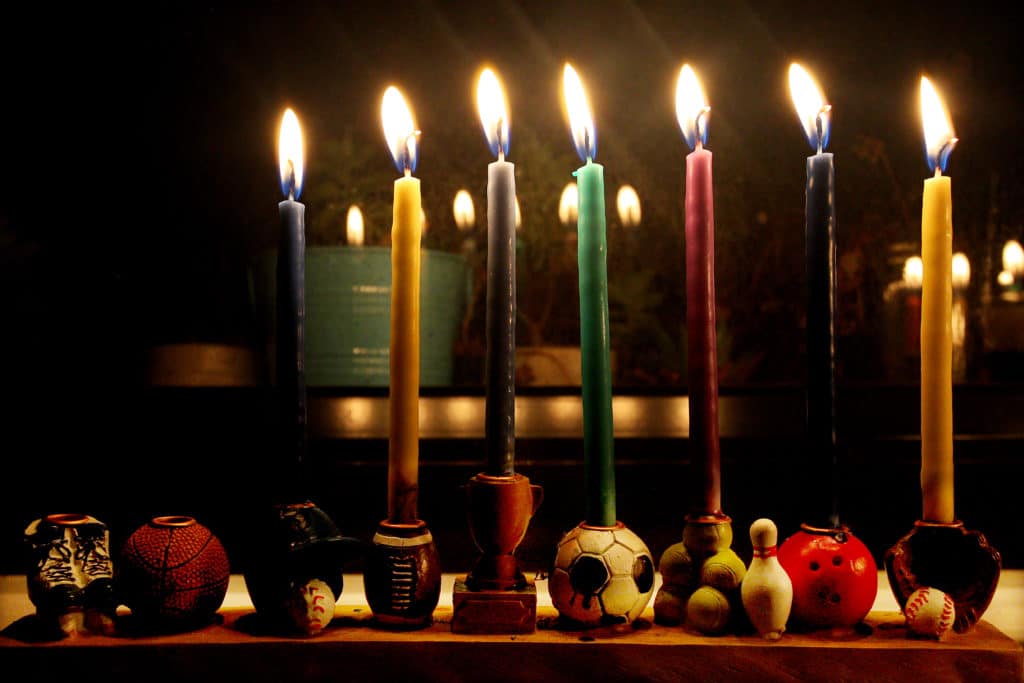
Purim
The Book of Esther tells a story of political intrigue and war recalled on Purim through feasting, gifts and joy. The day also celebrates the hidden Divine hand behind all creation through masks and revelry.
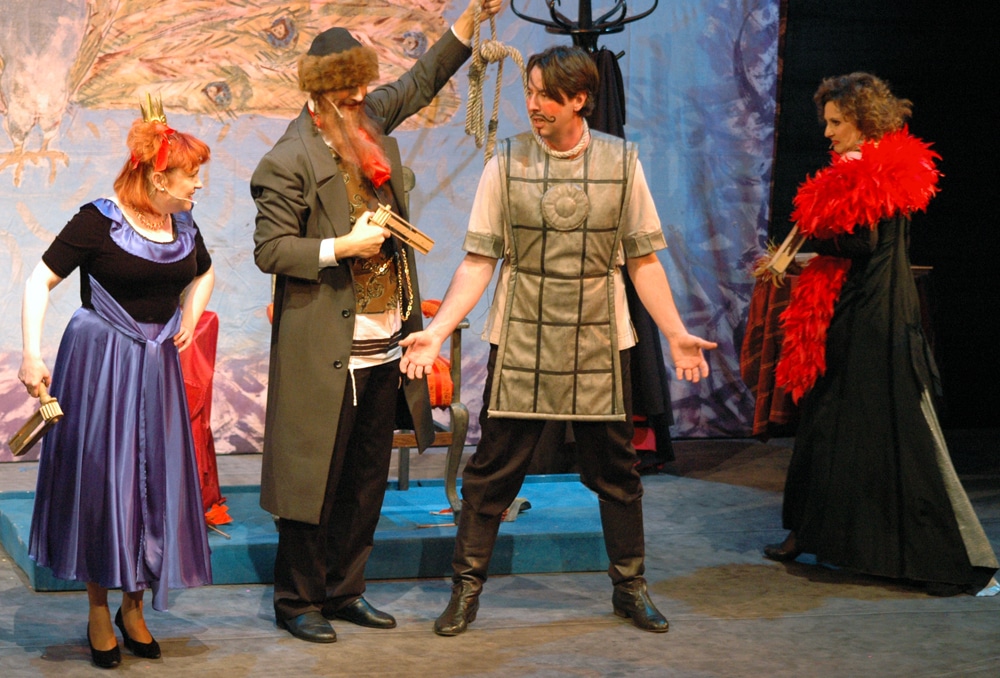
Three different types of moadim
To truly grasp the depth of the moadim and the opportunities they offer, it’s useful to categorize them into three distinct groups:
First, there is the moed that is essential to creation — Shabbat. The first sign of sanctity in creation was when God blessed the seventh day and declared it holy. Within the Hebrew calendar, Shabbat represents the aspect of holiness essential to creation. Even if (God forbid) there were no Jews to give it expression, the sanctity of Shabbat would persist. This reminds us that the sacred exists regardless of whether we’re there to witness it.
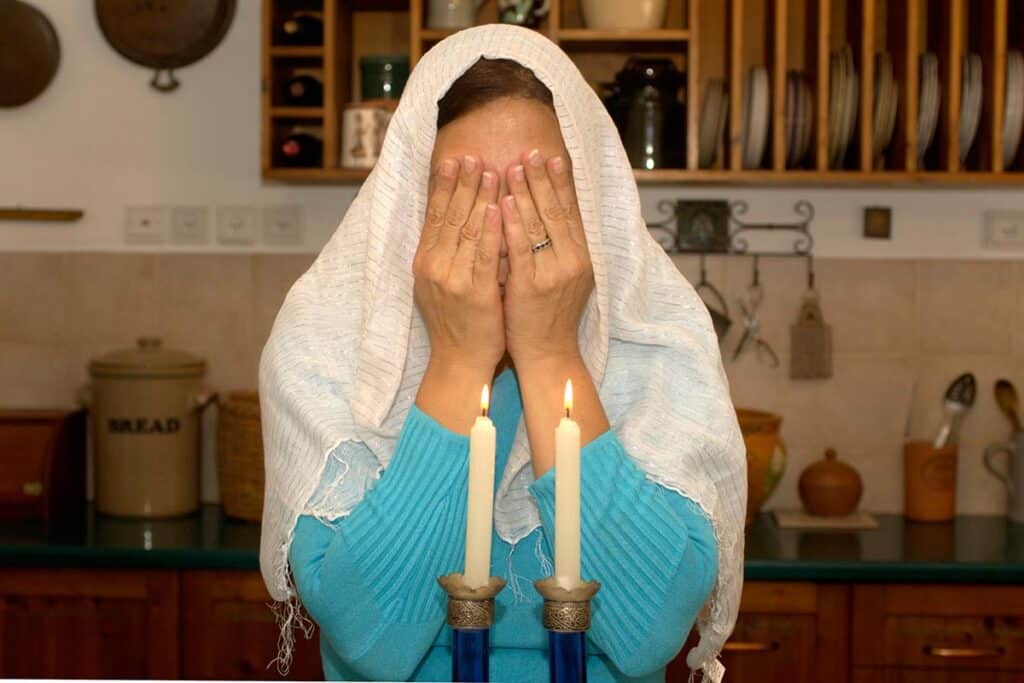
Second, there are the Torah-given moadim such as Passover and Shavuot. These holy days, including the pilgrimage festivals and others named in the Torah, reflect Divine guidance given to the Jewish people. They are bound up with mitzvot — commandments of how to recall and relate to Biblical events like the exodus from Egypt and revelation at Mount Sinai.
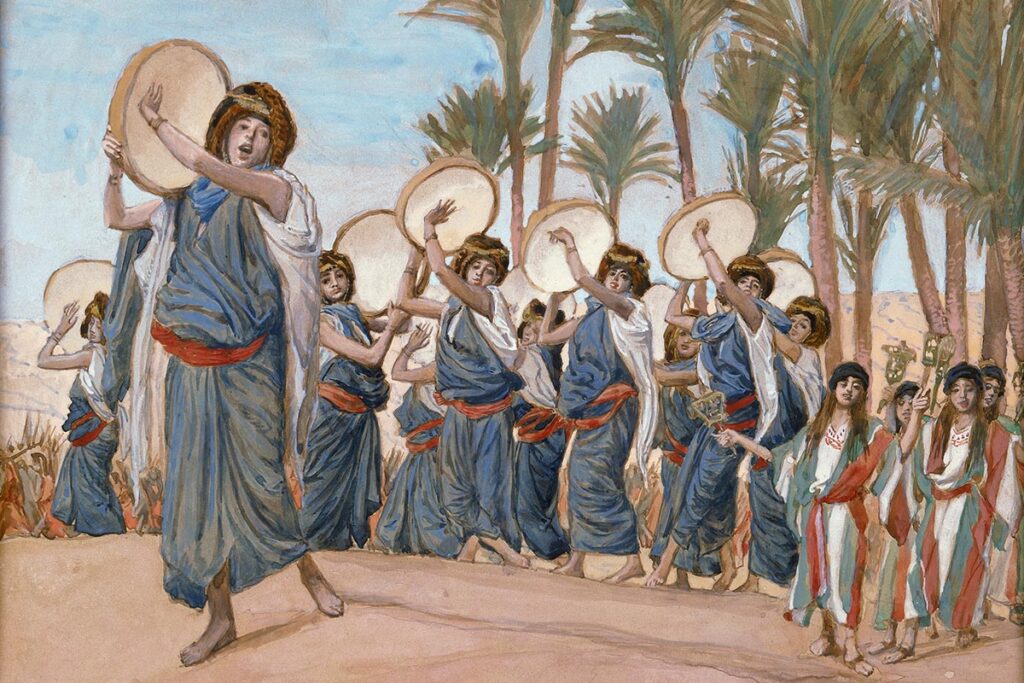
A third category of moadim emerged from the Jewish people’s experience in exile, such as Purim and Hanukkah. These festivals are not commanded in the Torah, and are certainly not built-in to creation like Shabbat. Nevertheless, they are integral to the Hebrew calendar, which defines and expresses the Jewish national spirit. In some ways, they offer the deepest possible encounters with the divine.
These moadim were born from human experience and insight, when the Jewish spiritual leadership engaged with unfolding historical events. Out of these experiences, they unearthed eternal truths, like the power of light in darkness and the hidden in the revealed.
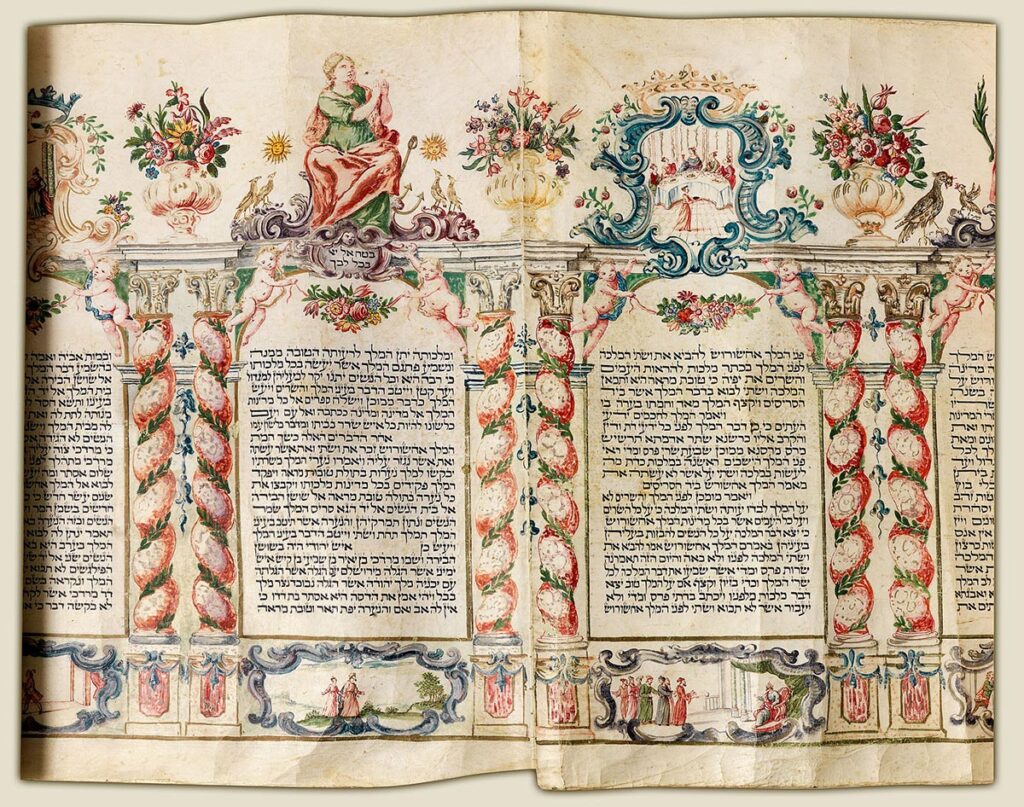
Determined that these days never be forgotten, the Sages fixed them in the calendar. As the Jewish people marked them from year to year, their significance deepened. Over time, this third form of sacred time evolved into an invitation from humans to God, expressing our capacity to create holiness and meaning.
These three categories of sacred meeting — essential to creation, expressive of divine will, and responsive to human truth — are the topography through which the Hebrew calendar traces its path. Each offers a different type of relationship with the Divine, oneself, and others. When combined with the rituals of each specific holy day, they lay out an annual spiritual journey.
The Hebrew calendar: A transformative spiritual journey
Navigating the Hebrew calendar isn’t merely about observing dates; it’s a spiritual journey that offers opportunities for profound inner exploration and personal growth. But what animates this transformative journey?
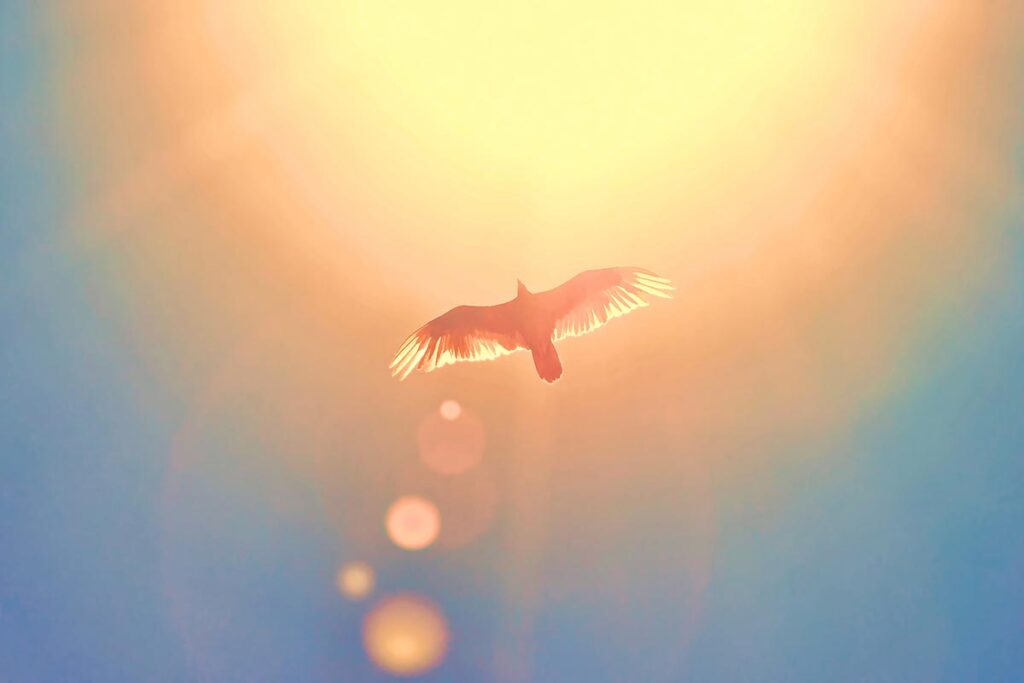
The Sages teach that the soul has five names — nefesh, ruach, neshama, chayah and y’chidah. These are five aspects of inner life, and the calendar’s spiritual journey is driven by the relationship between the first three.
Nefesh represents the life force within us, the vitality that sustains our physical being. Ruach means spirit, representing the spirited emotions that sway us, reminiscent of the wind. Neshama is our intellectual and creative essence, drawing our selfhood from the profound depths of the higher levels of being.
The spiritual journey of the calendar begins with tangible actions. The rituals associated with the moadim express deep truths and holiness, but tapping into their depths begins by doing them. Whether it’s lighting the Hanukkah candles, shaking the four species during Sukkot, or eating unleavened bread on Passover, each act requires life energy, engaging the nefesh.
Taking action always has the possibility of arousing deep feelings — which is where the ruach comes in. For instance, lighting the Hanukkah candles might evoke childhood nostalgia or stir unexpected deep-seated emotions. These inner experiences express the ruach, the spirit of holy emotion and hidden will that resides in our hearts and finds expression once the nefesh is engaged in action.
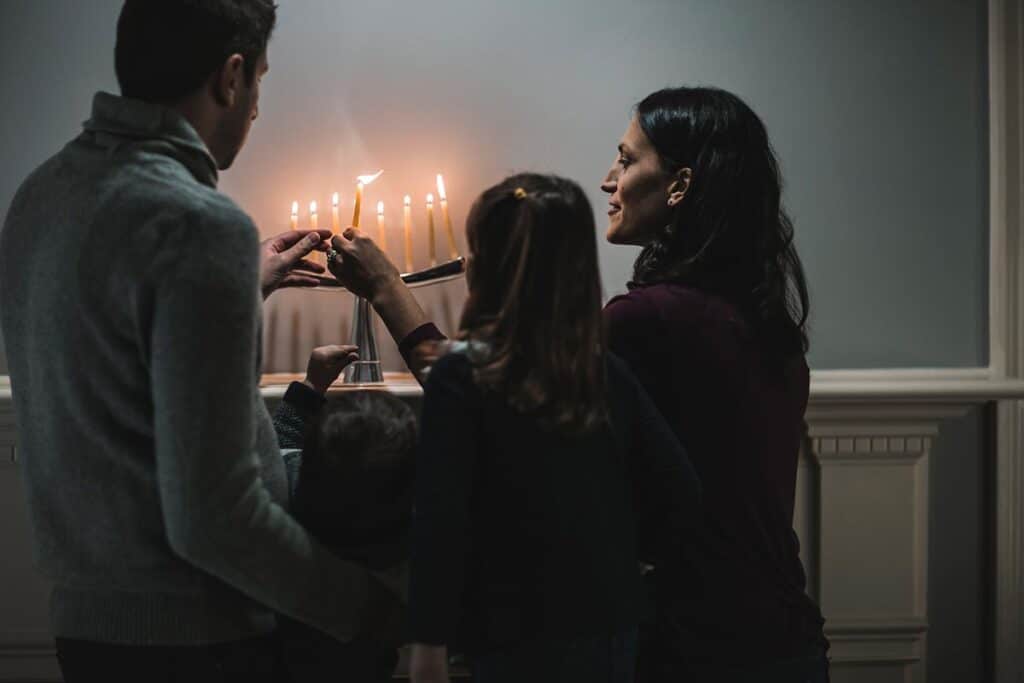
The practices of the moadim are a precious inheritance, shaped by the wisdom of centuries, and have the potential to fill the heart until it overflows. The “action energy” of the nefesh becomes a vehicle for the power of the ruach. In this alchemy, actions and emotions combine, deepening our capacity to express and understand the sacred through the neshama.
Delving deeper, when we commit to these rituals, we often ponder their underlying significance. Such introspection is the realm of the neshama, with its powers of understanding and wisdom. By harnessing the vitality of the nefesh, the emotional fervor of the ruach, and the wisdom of the neshama, our journey through the calendar becomes a path for self-discovery and spiritual growth.
Living the Hebrew calendar: A spiral of time
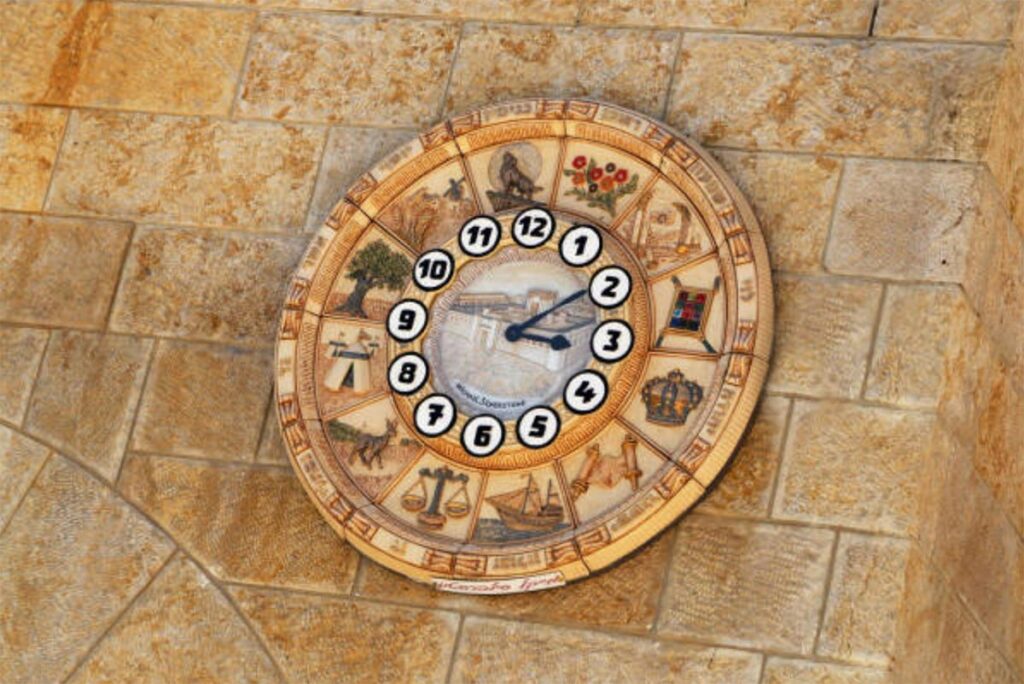
There are two primary modes of time: linear and cyclical. Linear time reflects the human experience of birth and death, teaching that all things are finite even as the world evolves.
On the other hand, cyclical time embodies the repetitive patterns of nature, which are both varied and constant. In our lived experiences, these two perspectives — linear and cyclical — intertwine, creating a spiral of time. Solomon captured this concept in Kohelet 1:4: “One generation goes, another comes, but the earth remains the same forever.”
The Hebrew calendar joins these two modes of time into a spiral of spiritual growth. Each cycle of the moadim passes and does not return, offering unique opportunities to engage our nefesh, ruach, and neshama. At the same time, each year the calendar helps us engage the timeless wisdom of the past to bring meaning and inspiration to the present.
If we delve deeper with every cycle, our annual journey through the calendar evolves into a lifetime of exploration. By infusing our actions with intention, we tap into the wisdom of past generations while navigating our dynamic modern lives. As the linear and cyclical modes come together, the calendar becomes a guide for personal and communal growth, drawing on the power of the past to shape the present and future.
